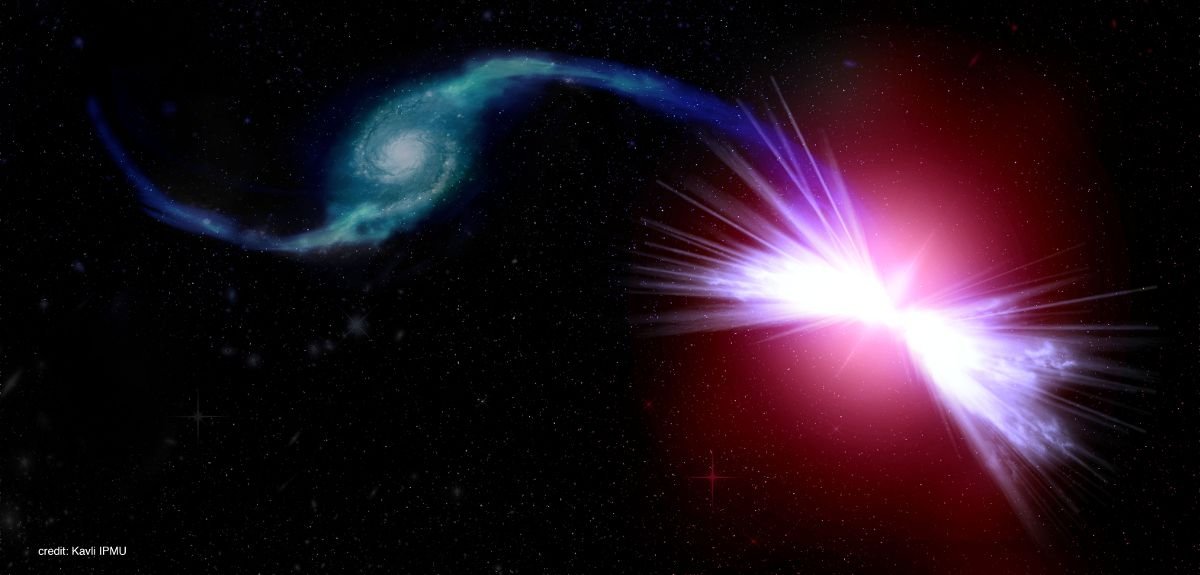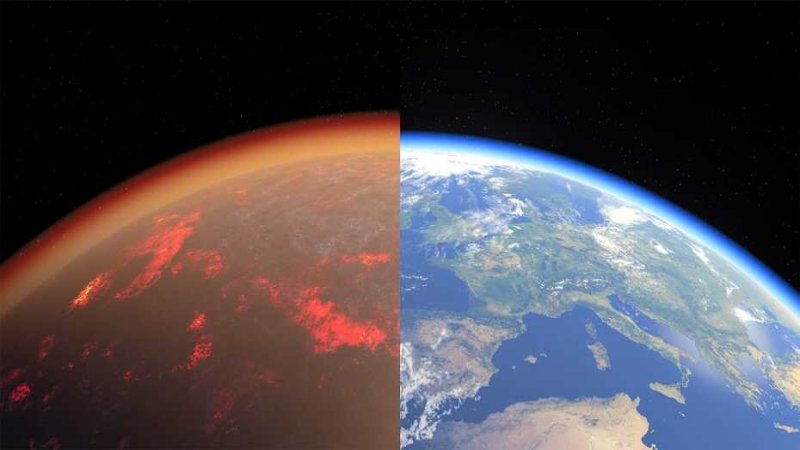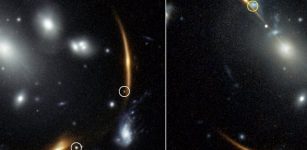Why Huge Numbers Of Galaxies Turn Into Cosmic Graveyards?
MessageToEagle.com – Galaxies begin their existence as lively and colorful spiral galaxies, full of gas and dust, and actively forming bright new stars. Later, when they age, they turn into featureless deserts, devoid of fresh new stars, and generally remain as such for the rest of their evolution.
Using the new large Sloan Digital Sky Survey-IV Mapping Nearby Galaxies at Apache Point Observatory (SDSS-IV MaNGA) programme, astronomers from the University of Tokyo and the University of Oxford may offer an explanation to the phenomenon.
A common new phenomenon in galaxies dubbed red geysers, could explain their dramatic transformation.
‘Stars form from the gas, a bit like the drops of rain condense from the water vapour. And in both cases one needs the gas to cool down, for condensation to occur. But we could not understand what was preventing this cooling from happening in many galaxies,’ said co-author Dr Michele Cappellari, from the Department of Physics at Oxford University.
‘But when we modelled the motion of the gas in the red geysers, we found that the gas was being pushed away from the galaxy centre, and escaping the galaxy gravitational pull.’
Researchers interpret the red geysers as galaxies hosting low-energy supermassive black holes which drive intense interstellar winds.
These winds suppress star formation by heating up the ambient gas found in galaxies and preventing it to cool and condense into stars.
‘Stars form from the gas, but in many galaxies stars were found not to form despite an abundance of gas. It was like having deserts in densely clouded regions, explained lead author Dr Edmond Cheung, from the University of Tokyo’s Kavli Institute for the Physics and Mathematics of the Universe.
‘We knew quiescent galaxies needed some way to suppress star formation, and now we think the red geysers phenomenon may represent how typical quiescent galaxies maintain their quiescence.’
The research is published in the journal Nature.
MessageToEagle.com
Expand for references










